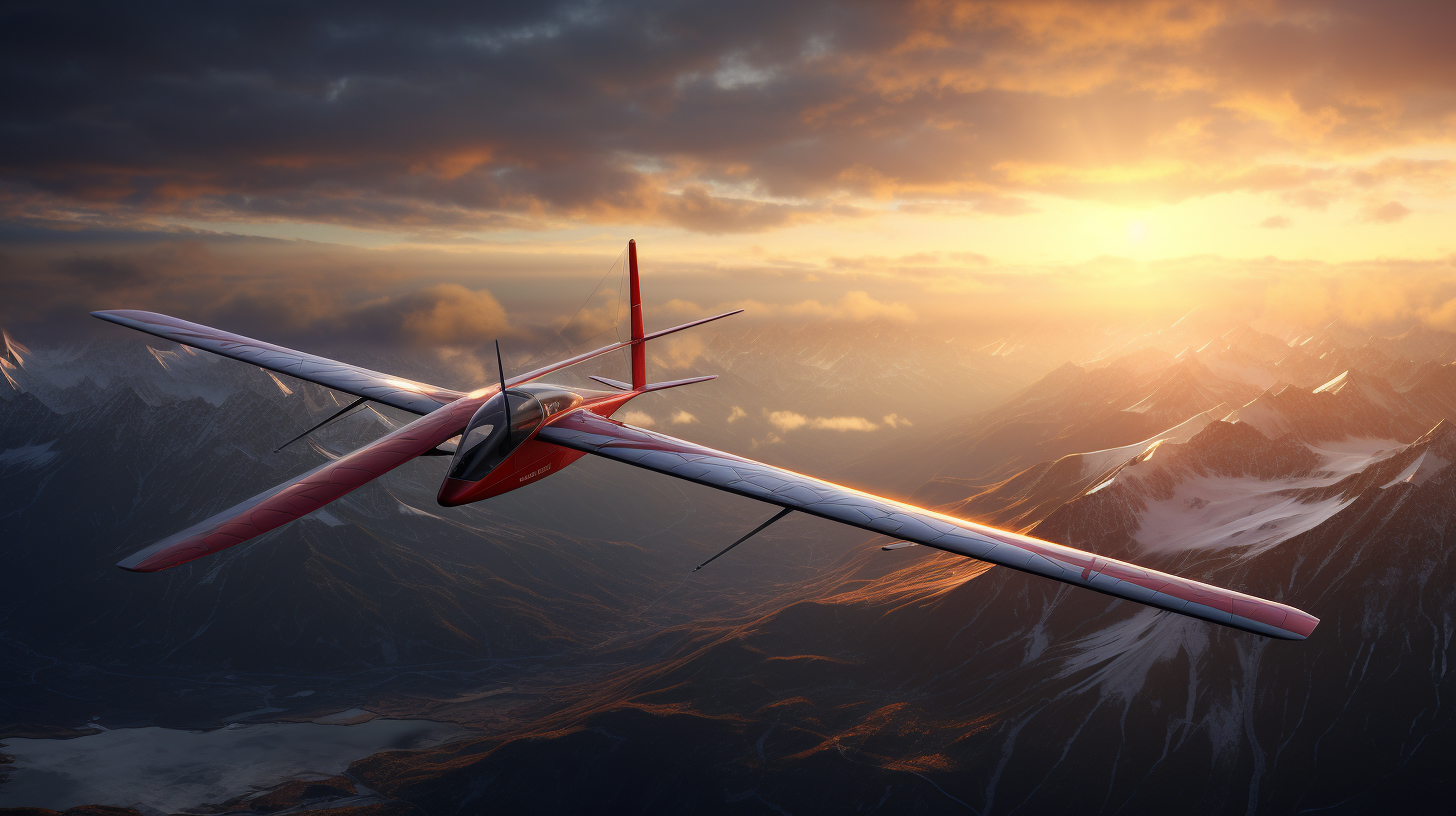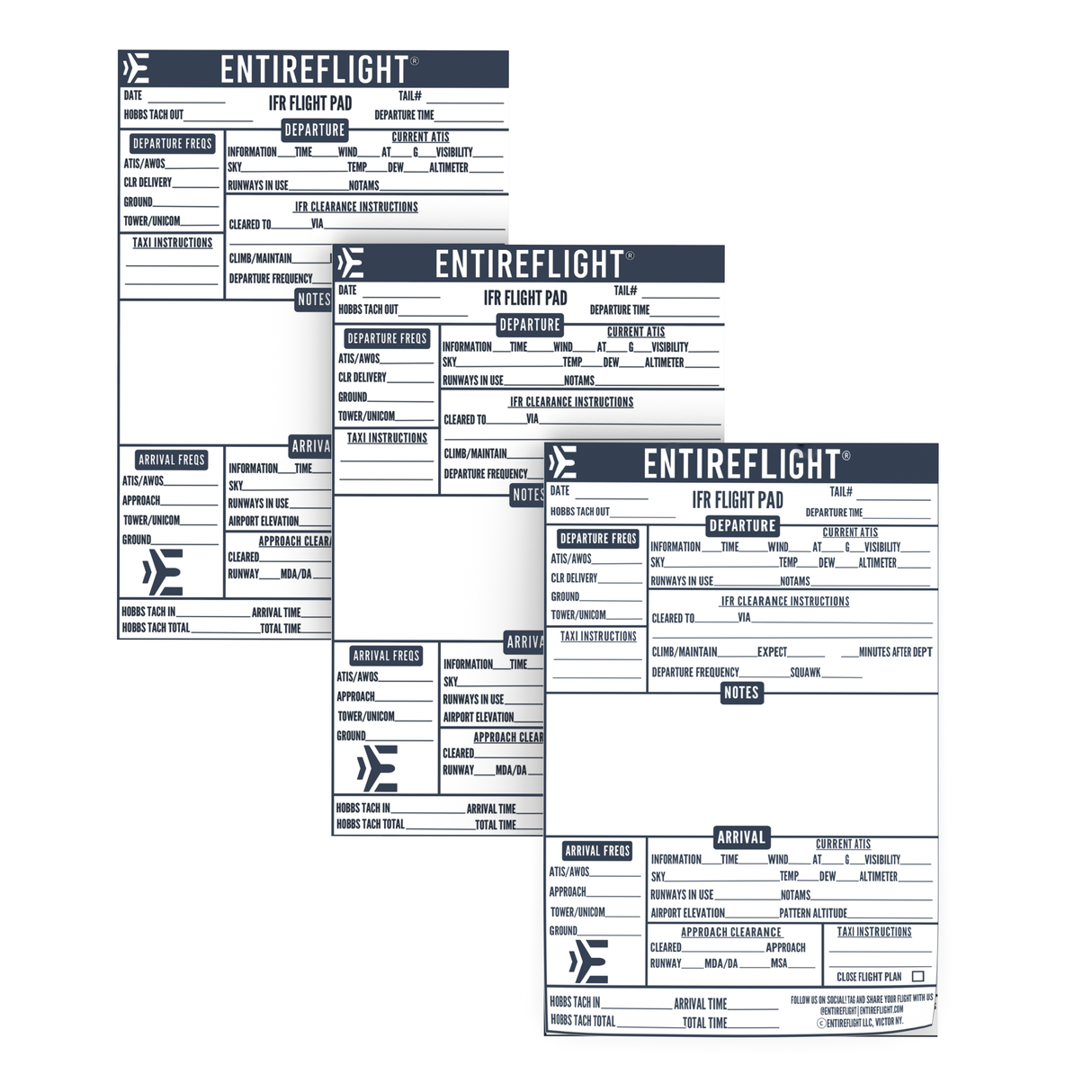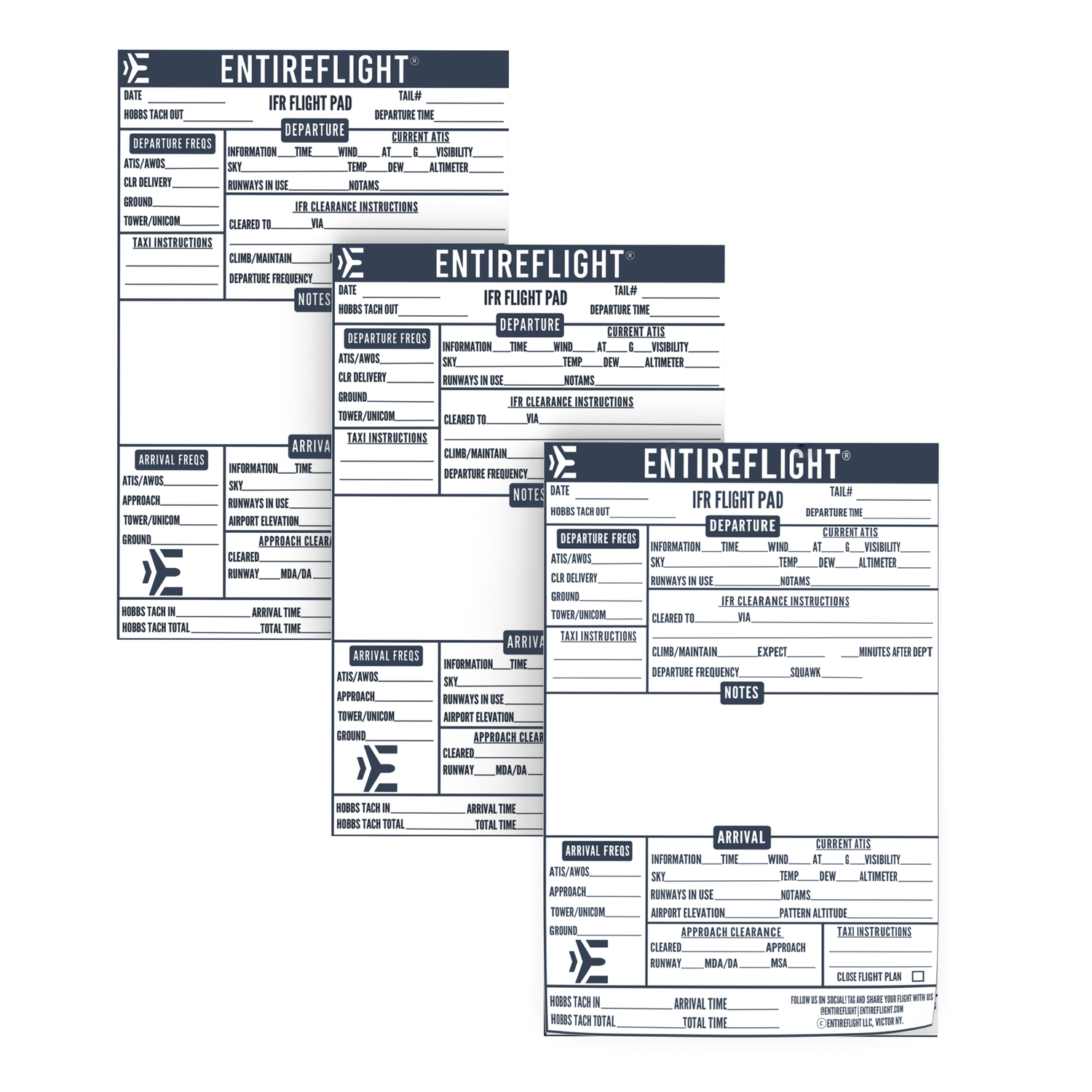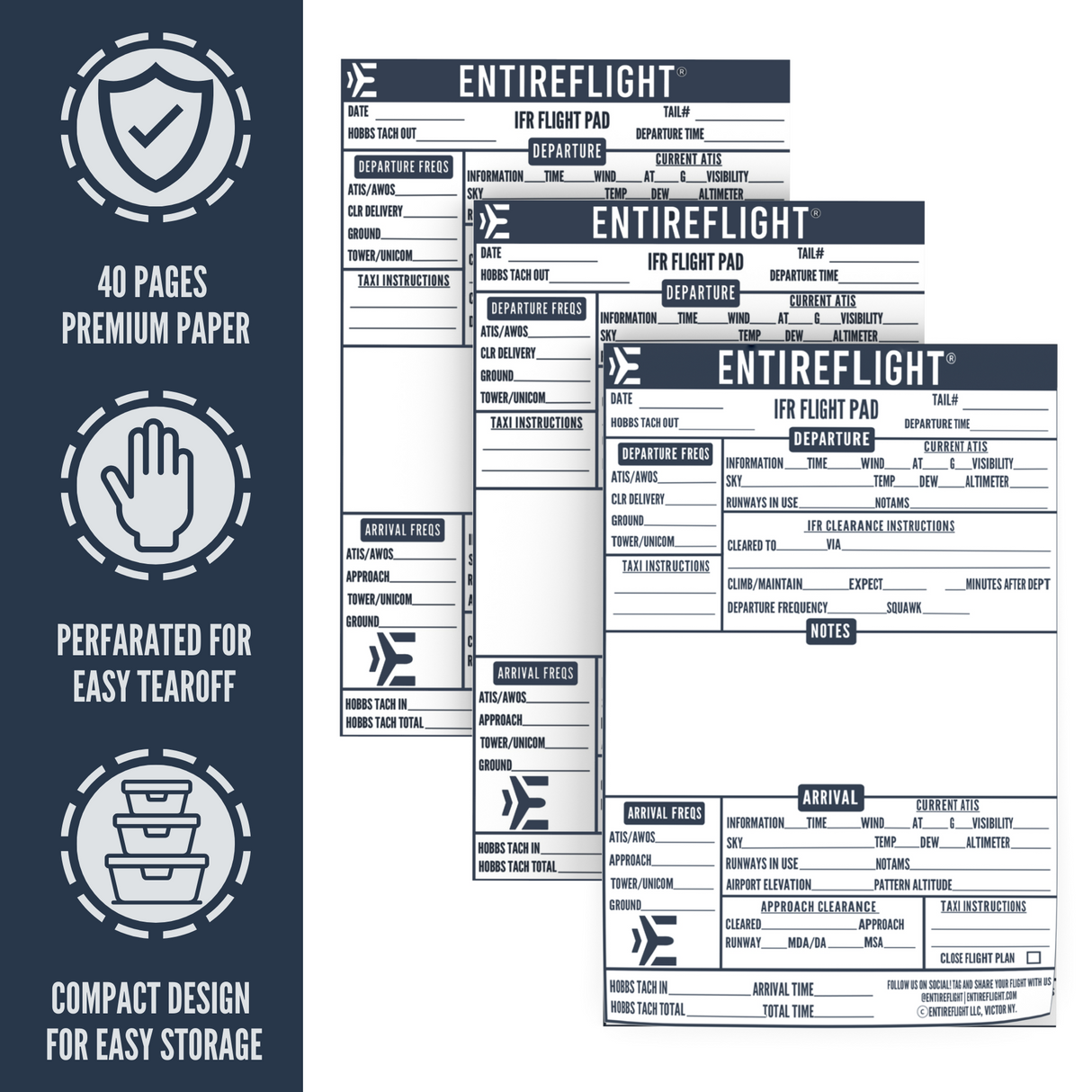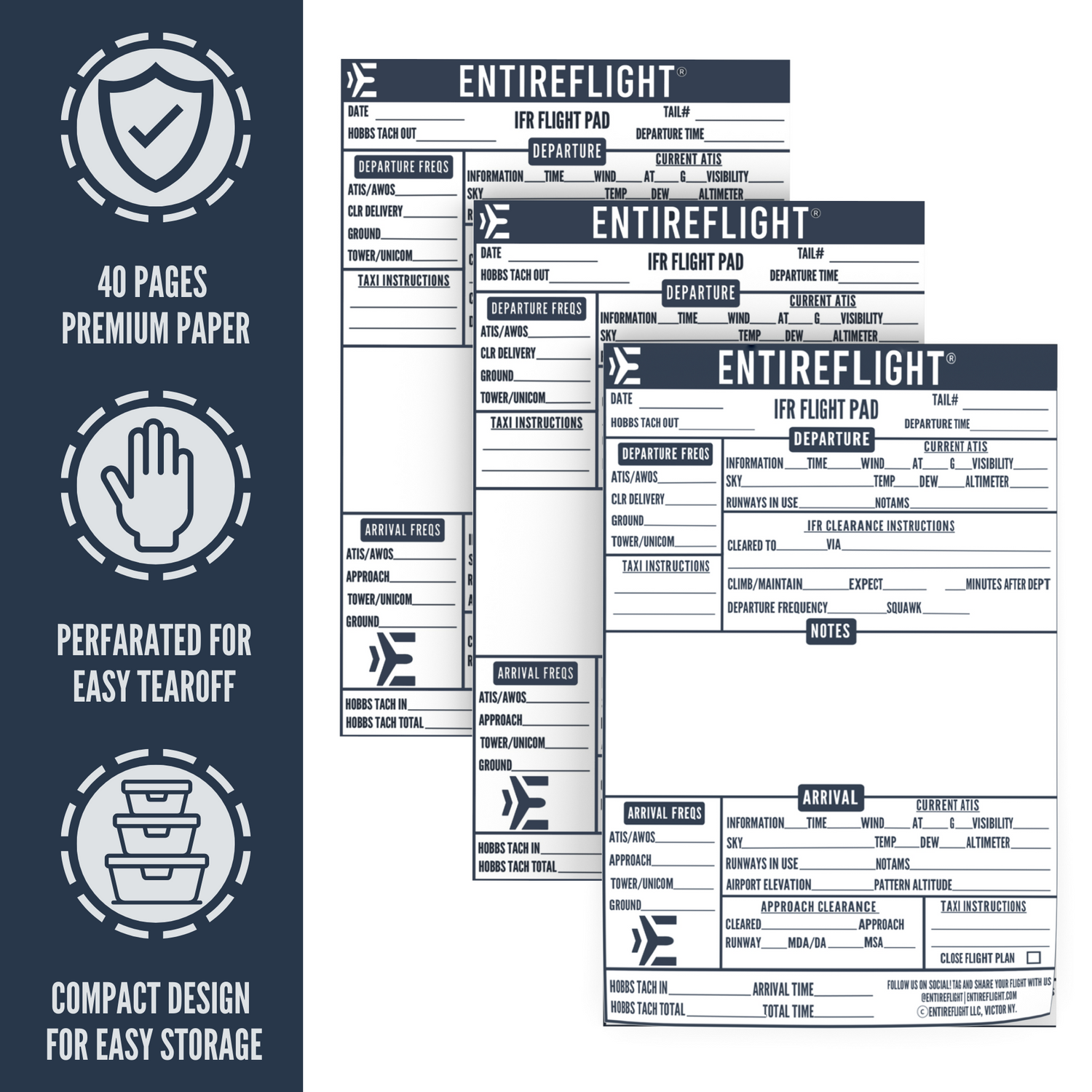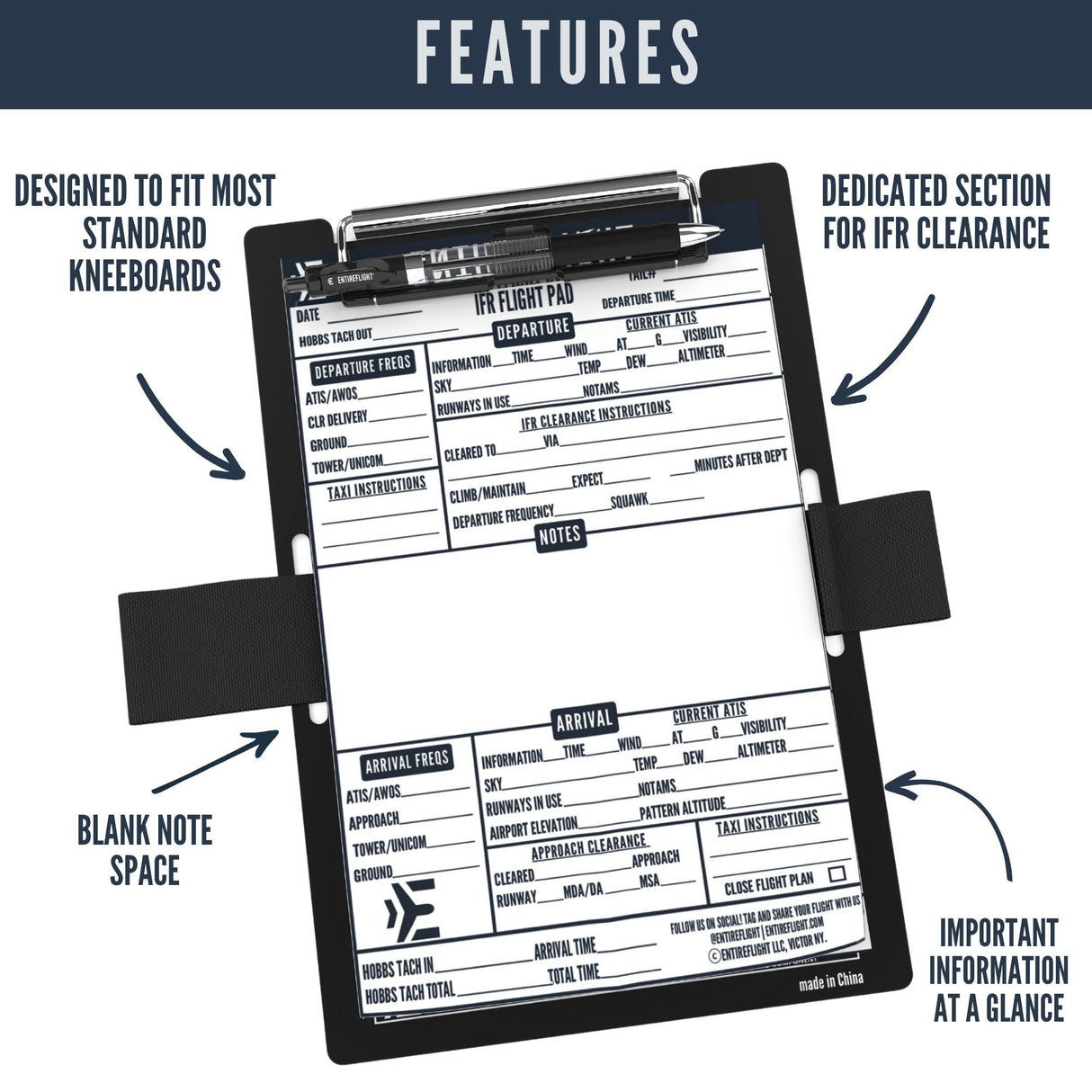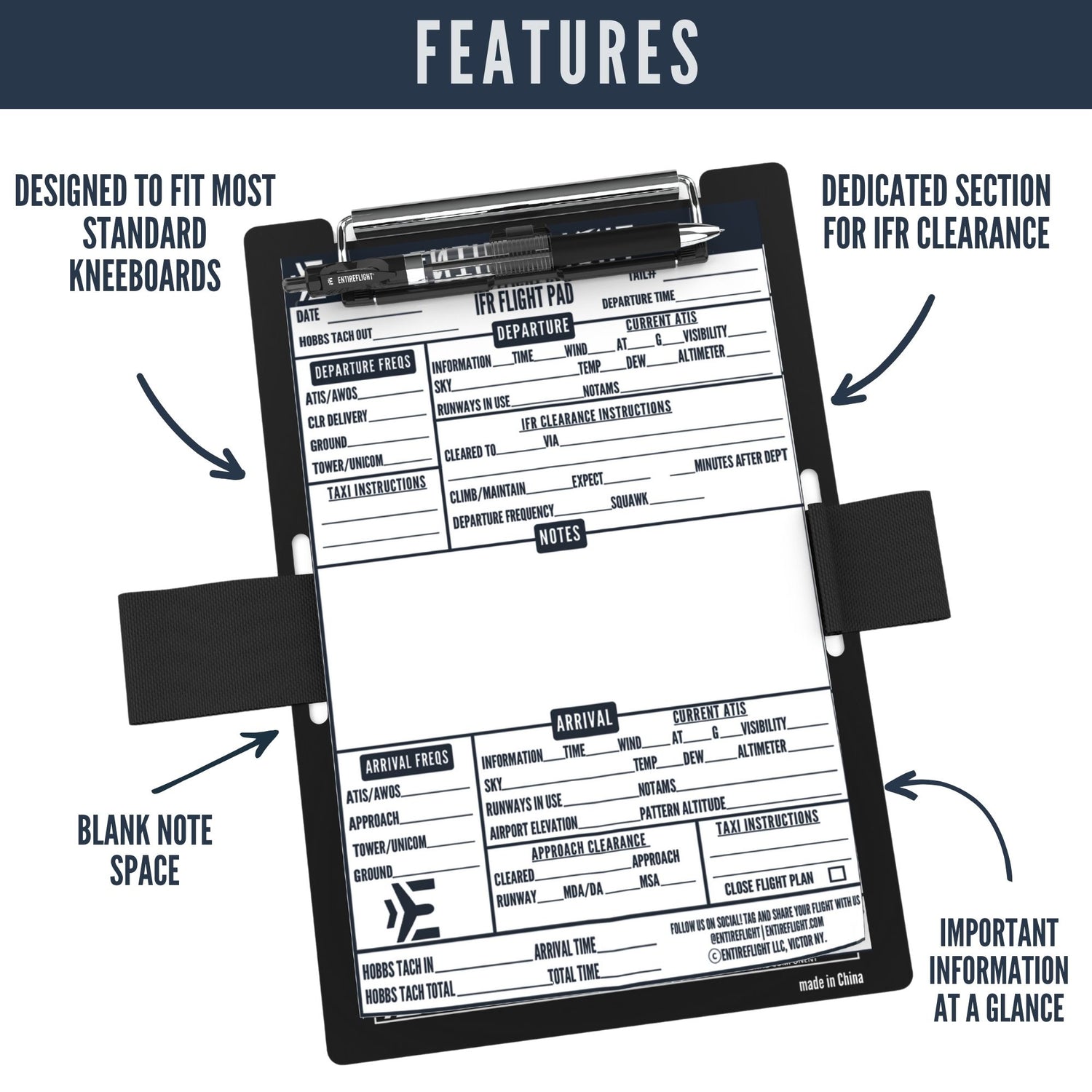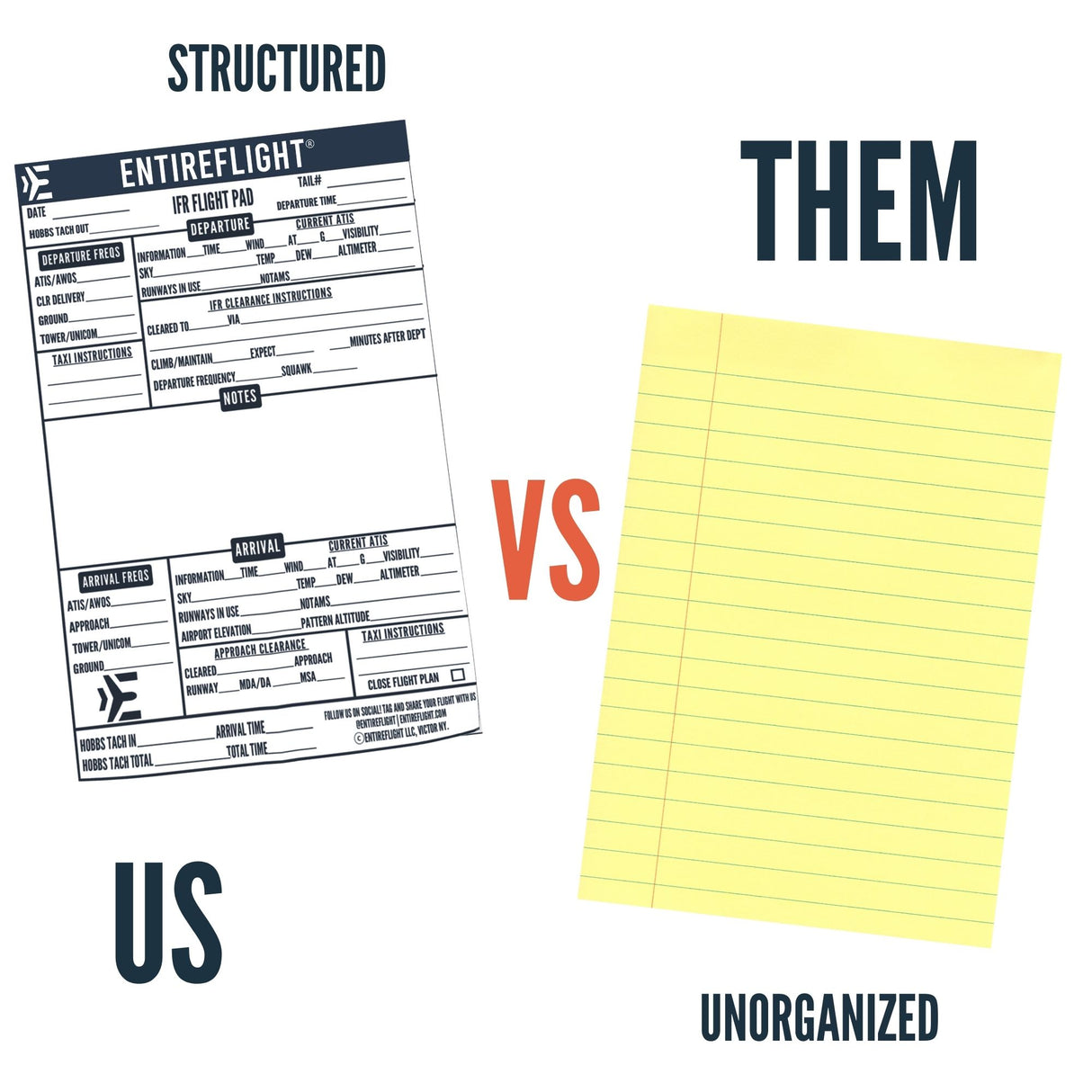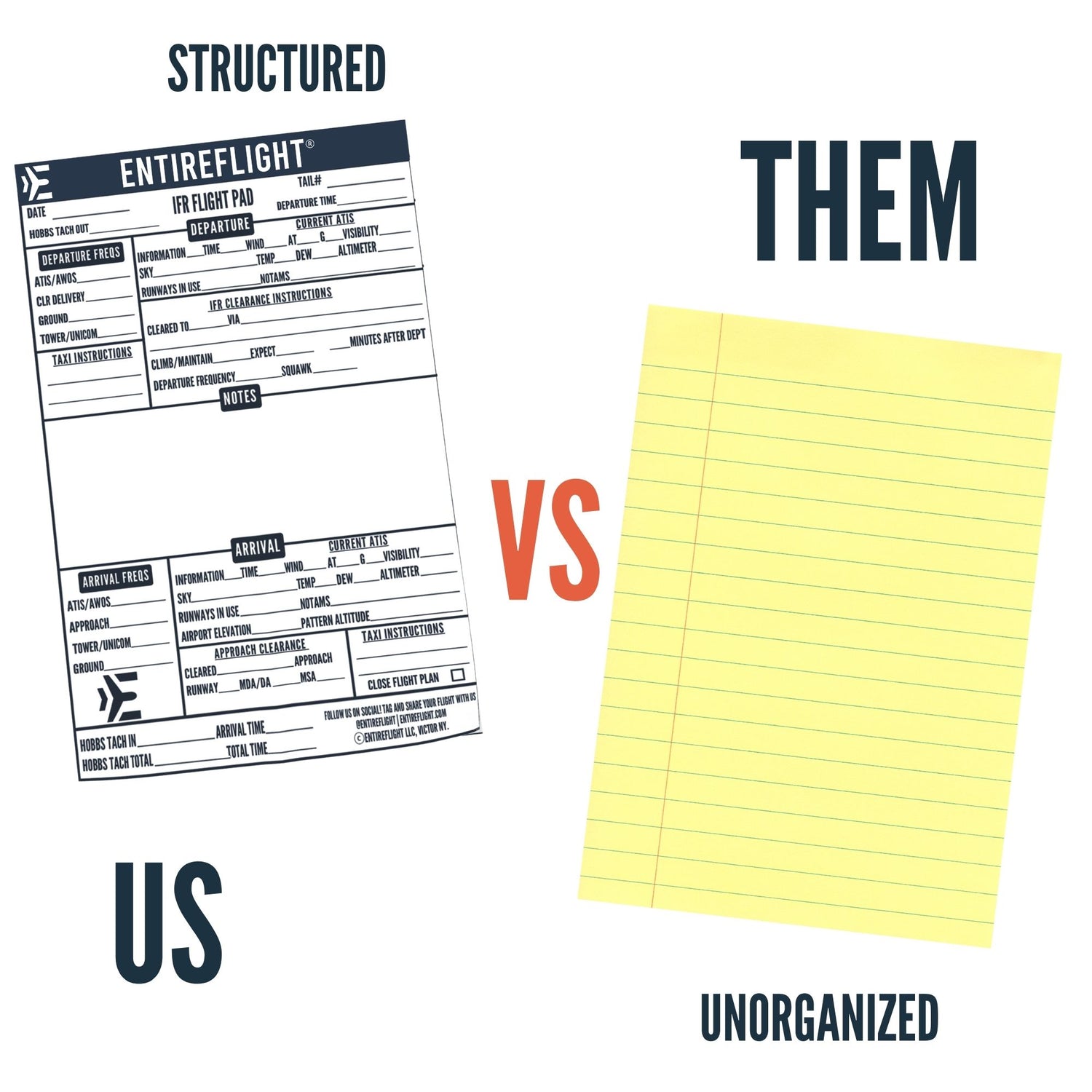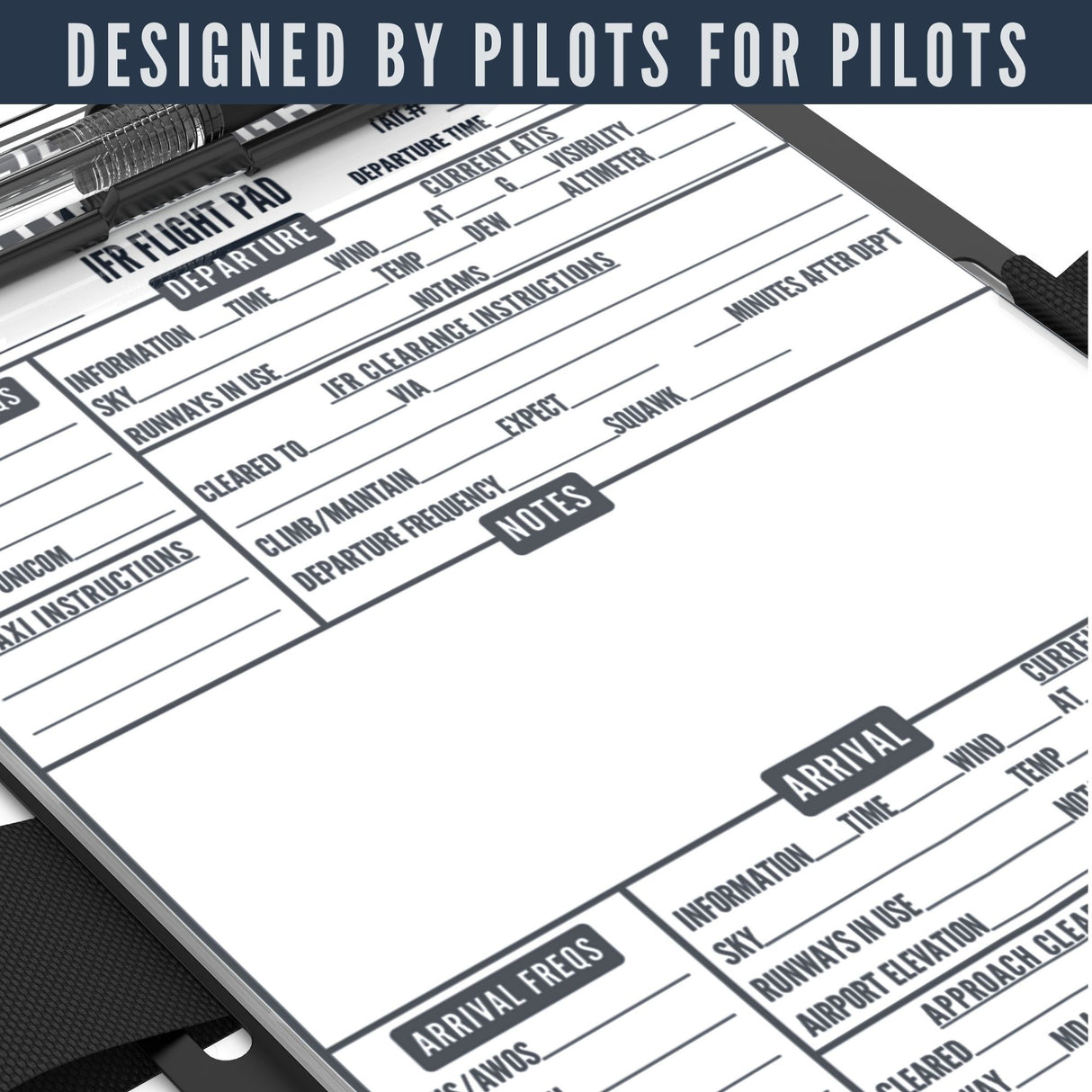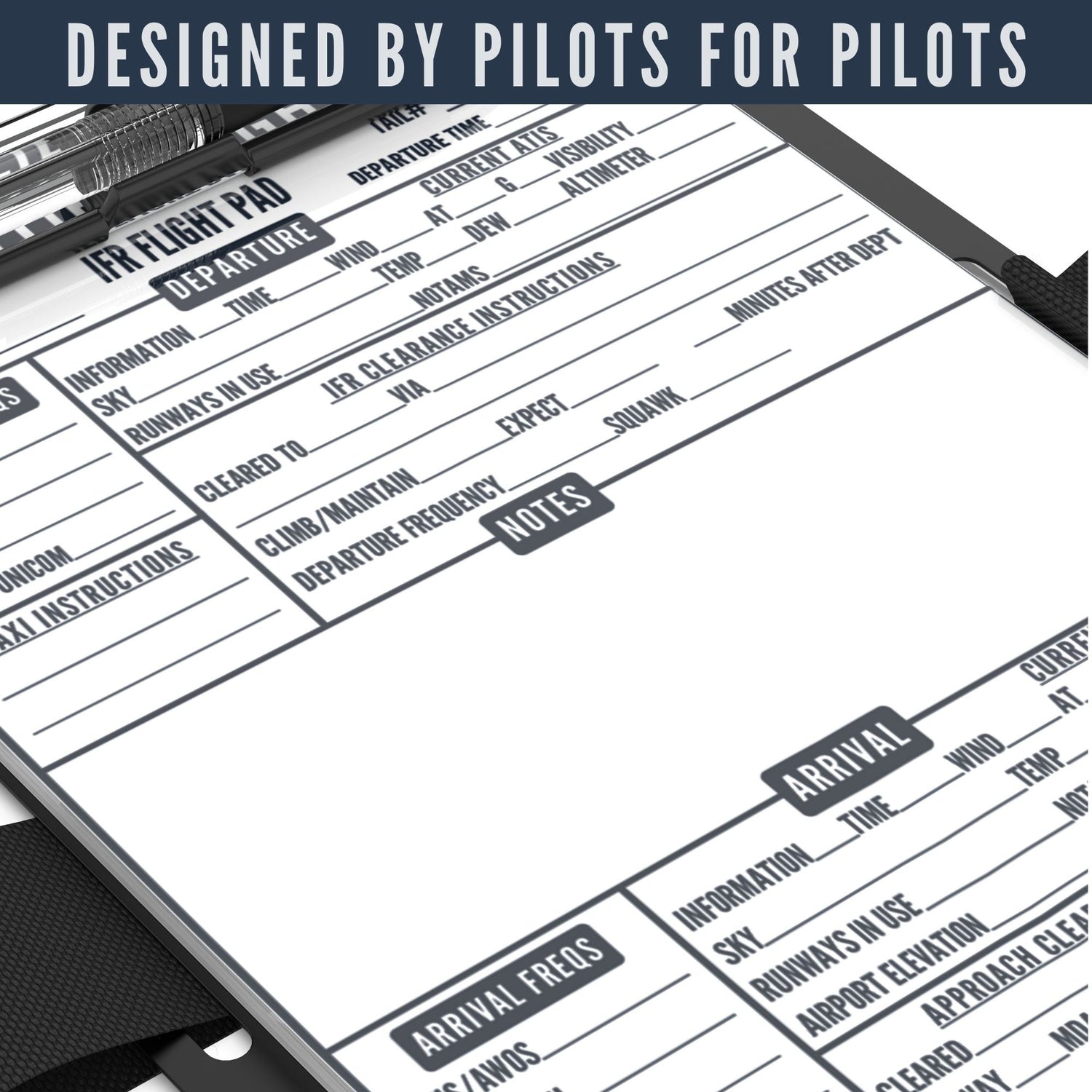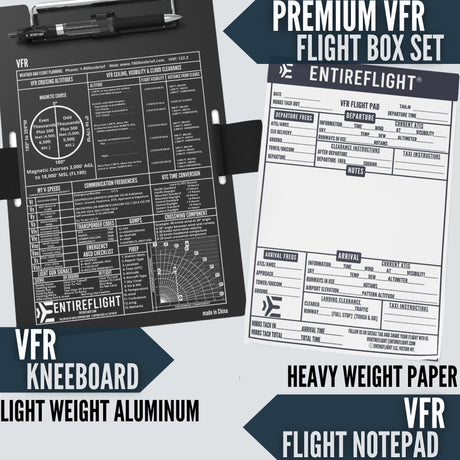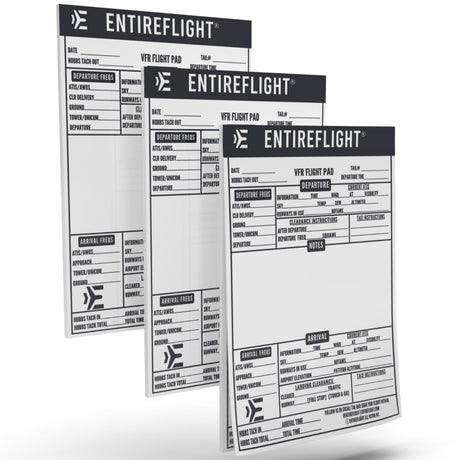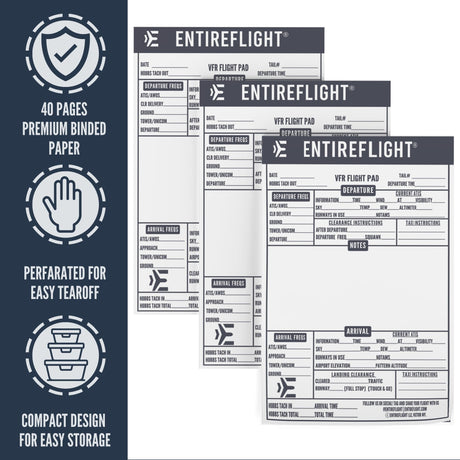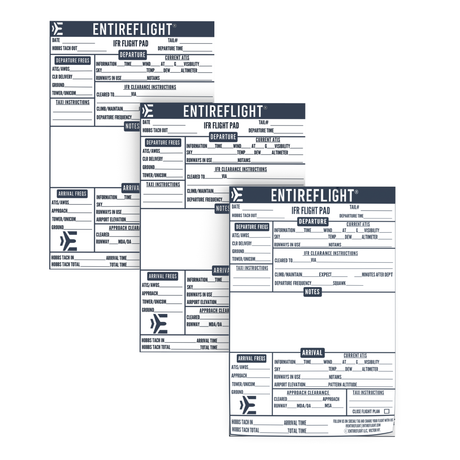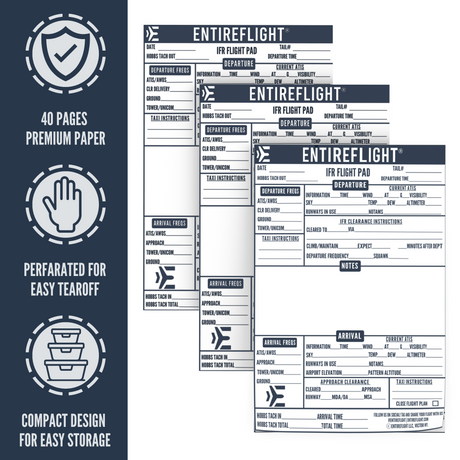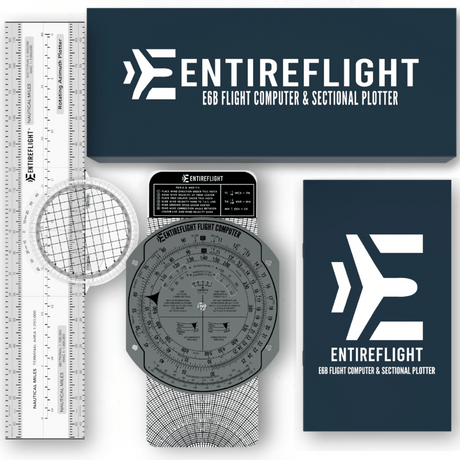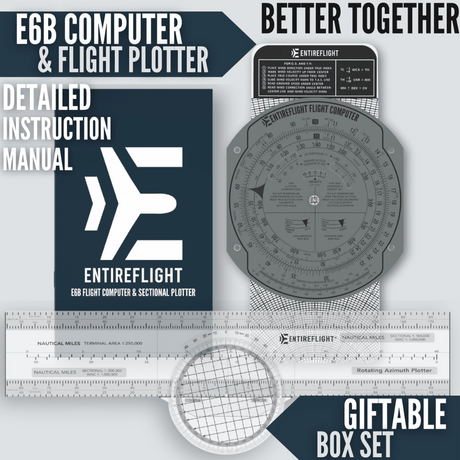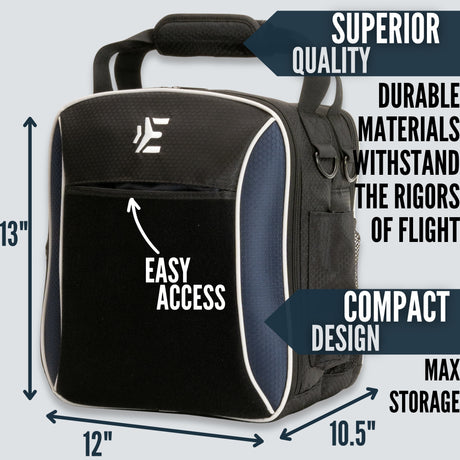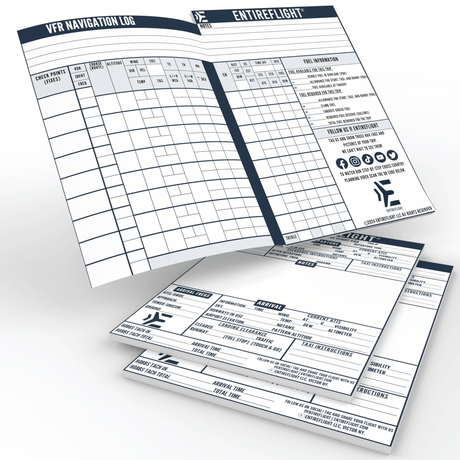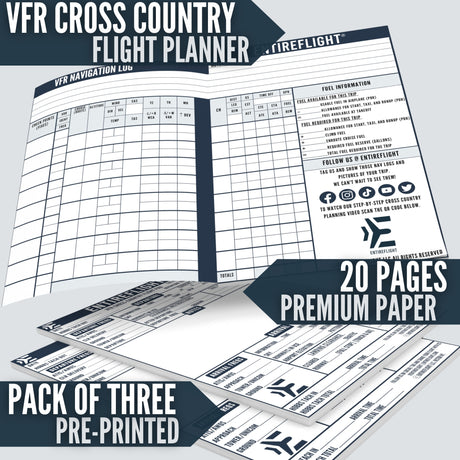Gliding, also known as soaring, is a thrilling and unique way to experience the freedom of flight. Unlike traditional powered aircraft, gliders rely solely on the natural forces of wind and thermals to stay aloft. But how much does this exhilarating activity cost? In this article, we'll break down the various expenses associated with gliding and provide you with a clear understanding of what to expect.
First and foremost, the cost of gliding will depend on where you live and the availability of gliding clubs or schools in your area. Generally, the cost of a single glider flight can range from $50 to $150, depending on the length of the flight and the location. However, most gliding clubs offer introductory packages that include multiple flights and ground instruction for a discounted rate. Additionally, some clubs offer memberships or packages that can significantly reduce the cost of each flight.
Another factor to consider is the cost of obtaining a glider pilot license. This typically involves completing a certain number of flight hours, passing a written exam, and demonstrating proficiency in various flight maneuvers. The cost of obtaining a license can vary depending on the individual's experience and the location of the training facility. However, many gliding clubs offer training programs that can be completed over a period of months, allowing individuals to spread out the cost of training.
Understanding Gliding
Gliding is a type of aviation where an unpowered aircraft, called a glider, is flown using only the natural forces of the atmosphere. The glider is launched into the air by a tow plane or winch and then released to soar through the sky. In this section, you will learn more about gliding and the different types of gliding.
What is Gliding?
Gliding is a popular recreational activity that attracts people of all ages and backgrounds. It is a unique way to experience flight without the noise and vibration of an engine. Gliders are designed to be lightweight and aerodynamic, allowing them to stay aloft for extended periods of time. They are also equipped with instruments that help pilots navigate and find thermals, which are rising columns of warm air that can keep the glider airborne.
Types of Gliding
There are several different types of gliding, each with its own unique characteristics and challenges. Here are some of the most common types of gliding:
- Sailplane Gliding: This is the most popular form of gliding and involves flying a glider without an engine. Sailplanes are designed to maximize lift and minimize drag, allowing them to stay aloft for hours at a time.
- Aerotow Gliding: In this type of gliding, the glider is launched into the air by a tow plane. Once at altitude, the glider is released and can then soar through the sky.
- Winch Launch Gliding: This type of gliding involves using a winch to launch the glider into the air. The winch is typically attached to a vehicle or stationary object and uses a cable to pull the glider into the sky.
- Paragliding: This is a type of gliding where the pilot is suspended beneath a fabric wing. The pilot can control the wing by shifting their weight and using brakes.
Cost Factors in Gliding
Gliding can be an exhilarating and rewarding sport, but it's important to understand the cost factors involved before getting started. Here are some of the main cost factors you should consider:
Type of Glider
The type of glider you choose to fly will have a significant impact on the cost of your gliding experience. Some gliders are designed for beginners and are relatively inexpensive, while others are more advanced and can cost tens of thousands of dollars. Keep in mind that the cost of the glider is just one factor to consider - you'll also need to factor in the cost of any necessary equipment, such as a parachute, as well as ongoing maintenance costs.
Location
The location where you choose to fly will also impact the cost of your gliding experience. Some gliding clubs charge higher fees than others, and the cost of living in the area can also impact the overall cost. Additionally, if you need to travel to a different location to participate in a gliding event or competition, you'll need to factor in the cost of transportation and lodging.
Training Costs
If you're new to gliding, you'll need to undergo training before you can fly solo. Training costs can vary depending on the location and the type of training you choose, but you can expect to pay several thousand dollars for a comprehensive training program. Keep in mind that ongoing training will also be necessary to maintain your skills and stay safe while flying.
Maintenance Costs
Like any aircraft, gliders require regular maintenance to ensure they're safe and in good working order. Maintenance costs can vary depending on the type of glider you own and the level of maintenance required, but you should budget several hundred to several thousand dollars per year for maintenance and repairs.
By understanding these cost factors, you can make an informed decision about whether gliding is the right sport for you and how much you can expect to spend. Remember to factor in all of the costs associated with gliding, including equipment, training, and ongoing maintenance, to get a clear picture of the total cost.
Initial Costs of Gliding
If you're considering taking up gliding, you'll want to know how much it's going to cost you. There are a number of costs to consider, including the purchase of a glider, gliding equipment, and any necessary training.
Purchase of Glider
The cost of a glider can vary widely depending on the type and age of the glider. A new glider can cost anywhere from $20,000 to $100,000 or more, while a used glider can be purchased for as little as $5,000. Keep in mind that the cost of a glider is just the beginning, as you'll also need to factor in the cost of insurance, maintenance, and storage.
Gliding Equipment
In addition to a glider, you'll also need a number of other pieces of equipment to get started with gliding. This includes a parachute, a radio, and a flight computer. You'll also need appropriate clothing and footwear for flying, as well as a helmet and sunglasses. The cost of this equipment can vary widely, but you should budget at least $2,000 for everything you'll need.
Overall, the initial costs of gliding can be quite high, but many people find the experience to be well worth the investment. If you're interested in gliding, it's important to do your research and budget carefully to ensure that you can afford the initial costs and ongoing expenses.
Ongoing Costs of Gliding
Gliding is an exciting and challenging sport, but it also comes with ongoing costs. Here are some of the expenses you can expect to encounter as a glider pilot.
Membership Fees
Most gliding clubs require members to pay annual or monthly membership fees. These fees cover the cost of maintaining the club facilities, including the gliders, tow planes, and runway. Membership fees can vary widely depending on the club and the level of membership you choose.
Insurance Costs
Insurance is an important consideration for any glider pilot. Most clubs require members to have liability insurance, which can protect you in case of an accident or injury. Some clubs may also require you to have hull insurance, which covers damage to the glider itself. The cost of insurance can vary depending on your level of coverage and your individual risk factors.
Fuel Costs
Unlike powered aircraft, gliders do not require fuel to fly. However, tow planes do require fuel, and the cost of fuel can be a significant expense for gliding clubs. Some clubs may charge members for the cost of fuel, while others may include it in the membership fees.
Comparing Gliding Costs
Gliding is one of the most affordable air sports available. You can enjoy the thrill of flying without the high cost of owning or renting a powered aircraft. In this section, we will compare the cost of gliding to other air sports and discuss the cost-effectiveness of gliding.
Gliding vs Other Air Sports
Compared to other air sports, gliding is relatively inexpensive. Here's a breakdown of the cost of some popular air sports:
|
Air Sport |
Average Cost |
|
Powered Paragliding |
$5,000 - $10,000 |
|
Skydiving |
$200 - $300 per jump |
|
Hot Air Ballooning |
$200 - $300 per person |
|
Hang Gliding |
$3,000 - $5,000 |
|
Gliding |
$1,500 - $3,000 |
As you can see, gliding is the most cost-effective option among the air sports listed. While the initial cost of training may seem high, once you have your license, the cost of flying is relatively low.
Cost Effectiveness of Gliding
Gliding is a cost-effective way to learn to fly. The cost of training for a glider pilot's license is typically less than the cost of training for a private pilot's license. Additionally, the cost of owning and operating a glider is significantly less than the cost of owning and operating a powered aircraft.
One of the main reasons gliding is so cost-effective is that gliders don't require fuel to fly. Instead, they use the energy from rising air currents to stay aloft. This means that the cost of flying a glider is much lower than the cost of flying a powered aircraft.
Ways to Reduce Gliding Costs
If you are interested in gliding but are concerned about the costs, there are several ways you can reduce your expenses. Here are two ways to consider:
Joining Gliding Clubs
Joining a gliding club is an excellent way to reduce your gliding costs. Many clubs offer discounted rates for members, which can significantly reduce the cost of flying. Additionally, joining a club can provide access to a range of gliders, which can save you money on purchasing your own glider.
Buying Used Gliders
Purchasing a used glider is another way to save money on gliding costs. Used gliders are often significantly cheaper than new ones, and there are many options available on the market. However, it is important to do your research and ensure that the glider is in good condition before making a purchase. You may also want to consider hiring an expert to inspect the glider before buying it.
By joining a gliding club and purchasing a used glider, you can significantly reduce your gliding costs while still enjoying the thrill of flying.
Conclusion
In conclusion, understanding the cost of gliding is vital for anyone considering taking up this exhilarating sport. While the initial expenses and ongoing costs can vary, we hope this breakdown has provided you with a clear and realistic overview. Gliding offers a unique and serene way to experience the joy of flight, and with proper budgeting and planning, it can be a rewarding and attainable pursuit for aviation enthusiasts.
Whether you're a seasoned glider pilot or just starting out, remember that the true value of gliding goes beyond its cost – it's the freedom and pure thrill of soaring through the skies that makes it an experience like no other.
Frequently Asked Questions
1 - What is the average cost of gliding lessons?
The cost of gliding lessons can vary depending on the location, the duration of the lesson, and the type of gliding lesson. On average, a one-hour gliding lesson can cost anywhere from $100 to $200. However, some gliding clubs offer discounted rates for students or members.
2 - How much does it cost to purchase a two-seat glider plane?
The cost of a two-seat glider plane can range from $20,000 to $100,000 or more depending on the make and model. In addition to the purchase price, there are also ongoing maintenance and storage costs to consider.
3 - What are the requirements to obtain a glider pilot license?
To obtain a glider pilot license, you must be at least 16 years old and have a valid medical certificate. You must also complete a minimum of 10 hours of flight training, including solo flights, and pass a written and practical exam.
4 - How do gliders take off and stay in the air without an engine?
Gliders are launched into the air using a tow plane or a winch. Once in the air, gliders use rising air currents and thermals to stay aloft. Pilots can also use ridge lift and wave lift to stay in the air for extended periods of time.
5 - What are the differences between hang gliding and gliding?
Hang gliding involves flying a lightweight, unpowered aircraft that is suspended from a frame by a harness. Gliding, on the other hand, involves flying a heavier, two-seat aircraft that is designed to glide through the air without an engine. While both activities involve flying without an engine, they require different skills and equipment.
6 - Is gliding an affordable sport compared to other aviation activities?
Gliding can be a more affordable way to experience aviation compared to other activities such as powered flight. However, the cost of gliding can still add up over time, especially if you choose to purchase your own glider. It's important to consider the ongoing costs of maintenance, storage, and training when deciding if gliding is a feasible hobby for you.
